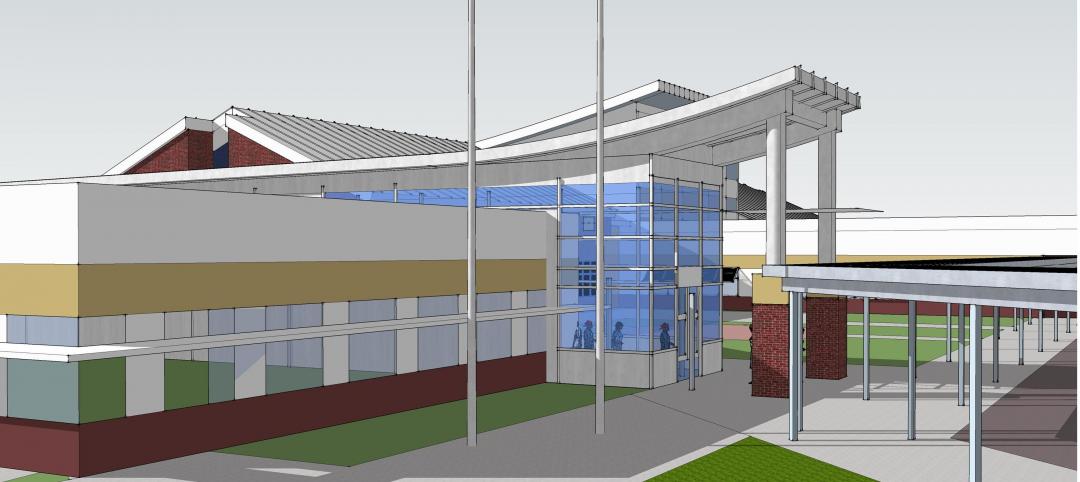Oregon recently became the first state to approve the use of science-based building code requirements for tall mass timber buildings.
Under Oregon’s statewide alternate method (SAM), developers can receive early technical consideration and approval on tall mass timber structures. The Administrator of the State Building Codes Division issued SAM No. 18-01, which provides a prescriptive path for utilization of the code requirements developed by the International Code Council (ICC) Tall Wood Building Ad Hoc Committee over the past two years.
The requirements also received a favorable recommendation during the April 2018 ICC Code Action Hearings—the first step of the process to include them in the 2021 International Codes.
“Mass timber is a new category of wood products that will revolutionize how America builds, and we’ve seen interest in it continue to grow over the last several years,” said American Wood Council President & CEO Robert Glowinski in a news release. “This action by the Codes Division Administrator helps code officials in Oregon by making provisions consistent throughout the state.”
Related Stories
| May 24, 2012
2012 Reconstruction Awards Entry Form
Download a PDF of the Entry Form at the bottom of this page.
| May 17, 2012
New standard for Structural Insulated Panels under development
ASTM International and NTA, Inc. are developing a new standard for Structural Insulated Panels (SIPs) that would create a path for U.S. manufacturers to meet the requirements of the Canadian building code.
| May 17, 2012
Webinar: ‘What Energy Codes and Standards Are Adopted Where and by Whom’
A June 12 webinar by the Construction Specifications Institute will outline what energy codes and standards have been adopted in each of the states for commercial buildings, and what is anticipated to be adopted in the future.
| May 17, 2012
California Governor orders new green standards on state buildings
California Gov. Jerry Brown issued an executive order recently that calls for all new or renovated state buildings of more than 10,000 sf to achieve LEED Silver or higher and incorporate clean, onsite power generation.
| May 17, 2012
New Zealand stadium roof collapse blamed on snow, construction defects
Heavy snowfall, construction defects, and design problems contributed to the collapse of the Stadium Southland roof in New Zealand in September 2010, a report has found.
| May 17, 2012
OSHA launches fall prevention campaign
The Occupational Safety and Health Administration (OSHA) recently launched an educational campaign to prevent deadly falls in the construction industry.
| May 15, 2012
Suffolk selected for Rosenwald Elementary modernization project
The 314-student station elementary school will undergo extensive modernization.
| May 10, 2012
Chapter 6 Energy Codes + Reconstructed Buildings: 2012 and Beyond
Our experts analyze the next generation of energy and green building codes and how they impact reconstruction.














